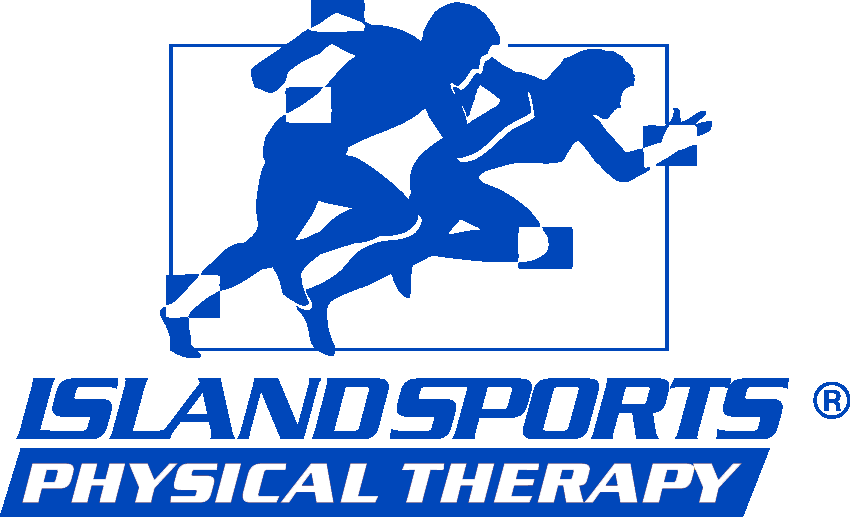Physical Therapy for Post-fractures
Physical Therapy for Post-fractures
Recuperating from a bone fracture requires more care than simply waiting for the pain to subside. Realignment and proper healing of the bone are the foremost issues involved with treating bone fractures. Typically, a hospital will treat and realign broken bones by having a patient wear a cast then assign a patient to physical therapy to assist the patient with regaining their former mobility.
Fractures themselves are caused by impact, stress, or bone disease with the most frequent among these being stress fractures. A stress fracture is caused by frequent stress being put on a bone, typically athletes are more likely to be affected by this type of fracture. For athletes, completely avoiding stress fractures requires moderating training routines and avoiding putting too much emphasis on a body part. For a competitive athlete stress fractures are an unfortunate reality and the rule of thumb “stop if you begin to feel a problem” is largely intuitive. The only recommendations for properly avoiding fractures is to train through increments rather than crash training. Also, paying attention to the quality of your footwear can be important in avoiding a stress fracture. Cross training can also be a viable option. Using various training routines to improve proficiency in a sport without putting too much burden on a singular area of your body.
The issue with fractures is not the initial fracture, but the fact that you become more susceptible to future injuries where the fracture occurred. After a fracture, has occurred make sure that you seek help from a physical therapist to treat the initial fracture and gain knowledge and training on how to avoid future injuries.
For physical therapy on Long Island, visit Island Sports Physical Therapy! We have six different locations and offer rehabilitation services tailored specifically for athletes.

